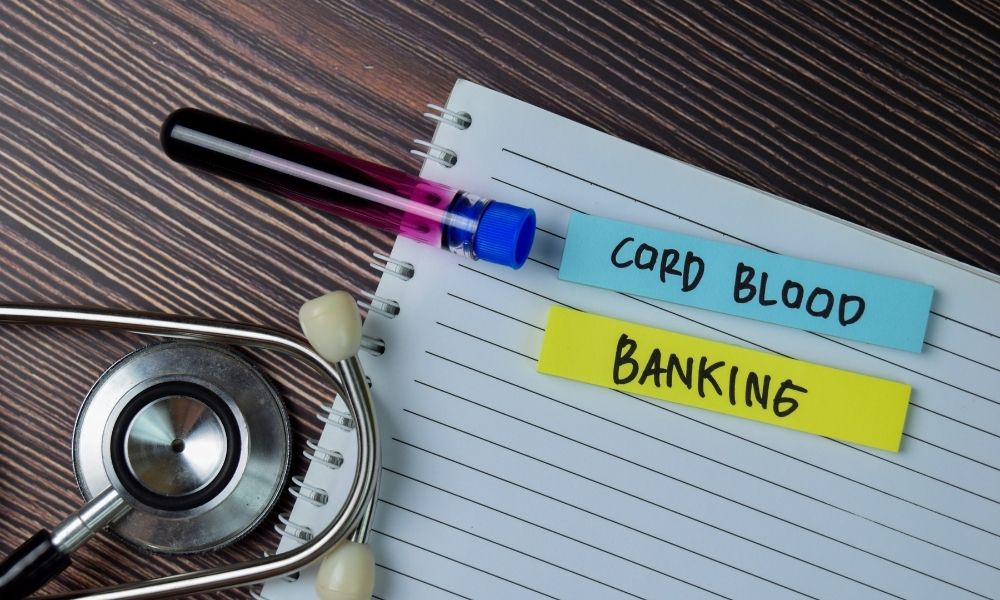
How exactly are stem cells harvested from cord blood and isolated for preservation? Very carefully. Banks that use Sepax 2 technology have an advantage when it comes to recovering the maximum amount of stem cells from the sample. Here’s how it works.
Developing Techniques
What is cord blood?It’s the contents of your baby’s umbilical cord, which is rich with nutrients from the placenta. It’s also an extremely rare source of stem cells that are valuable because they are so young.
In the early ’80s, doctors started to explore the possibility of using the stem cells from umbilical cords in transplants. The challenge, though, was to separate the stem cells from the accompanying red blood cells. Those can cause complications and actually make treatments less effective. Scientists researched processes for extracting the most stem cells while reducing the number of red blood cells.
Enter Sepax Technology
This science company pioneered the first fully automated stem cell processing device in 2008. Automating the process eliminated the risk of human error and accidents. Sepax’s system was the first to be cleared by the Food and Drug Administration, and it complies with the high standards in the industry.
How It Works
The basic concept behind harvesting stem cells from cord blood is dividing the blood into layers by spinning the blood at high speeds. There’s a layer of red blood cells, a layer of plasma, and in between those, something called the buffy coat. That’s where the stem cells reside with the white blood cells. Sepax’s latest process uses a hydroxyethyl starch to divide the layers more effectively. It also uses advanced optical sensor to detect the separated layers.
The Benefits to You
The method a cord blood bank uses is important. It affects both the quality and quantity of stem cells. At New England Cord Blood Bank, we choose to work with the Sepax 2 system because it yields the highest percentage of stem cells—up to a 99-percent cell recovery rate. If you’re going to invest in preserving this precious resource for your child, it makes sense to preserve as many stem cells as possible.
If the process still stumps you, feel free to contact New England Cord Blood Bank with your questions. We love to talk about what we do because we believe in this lifesaving technology. One day, it might mean everything for your child.